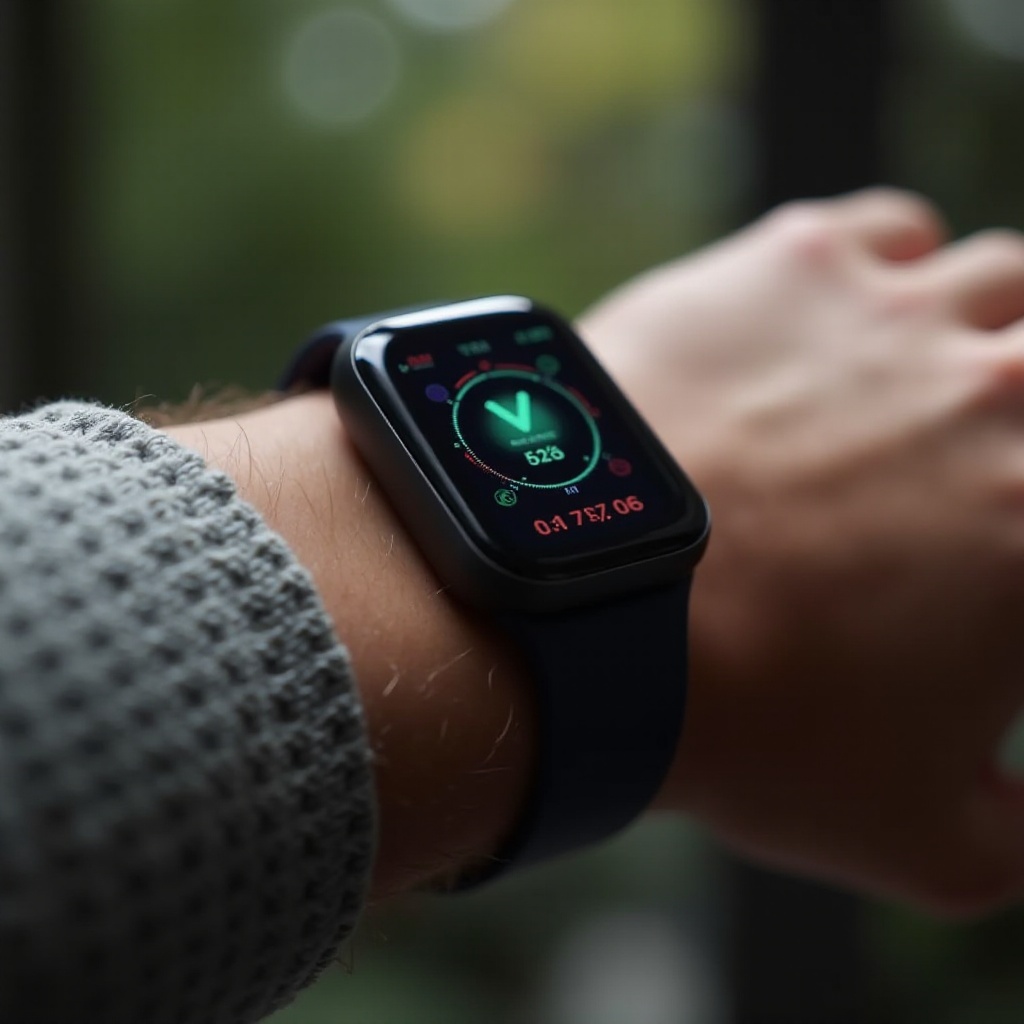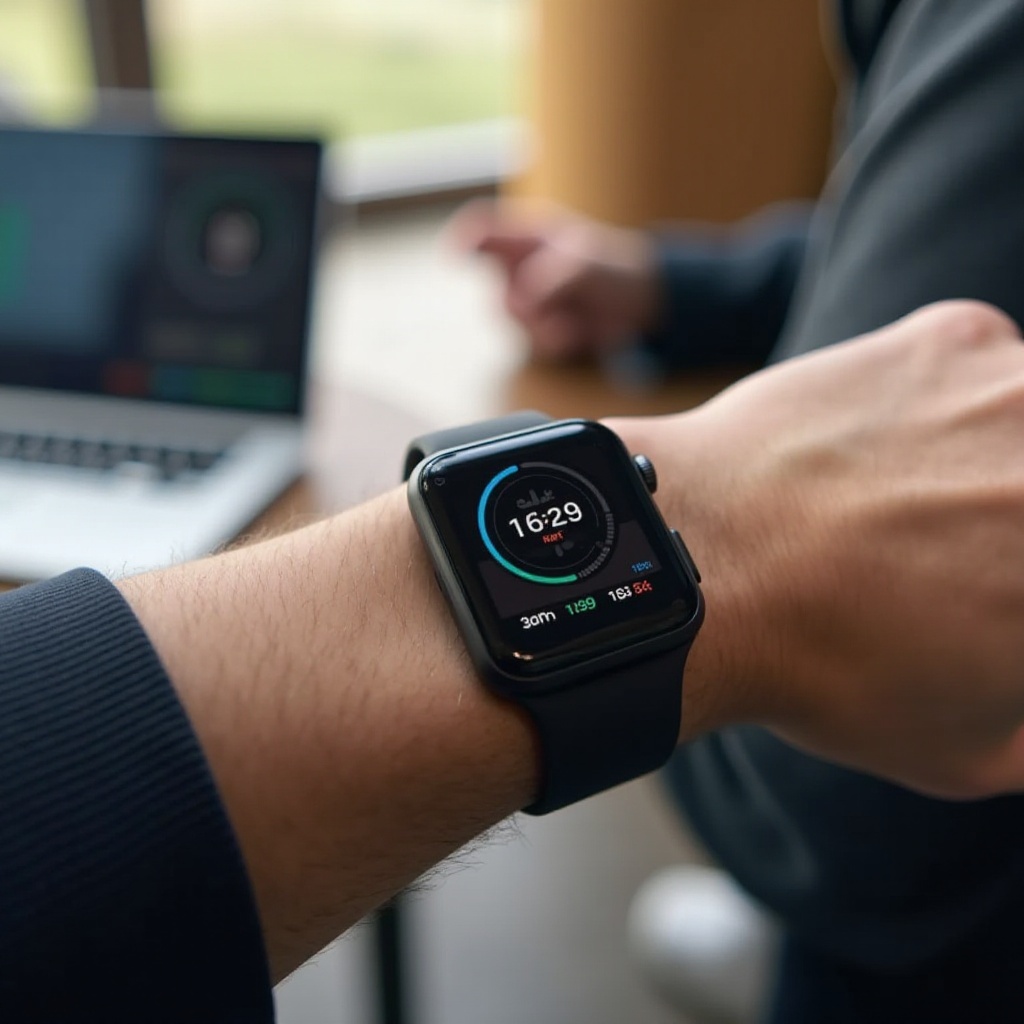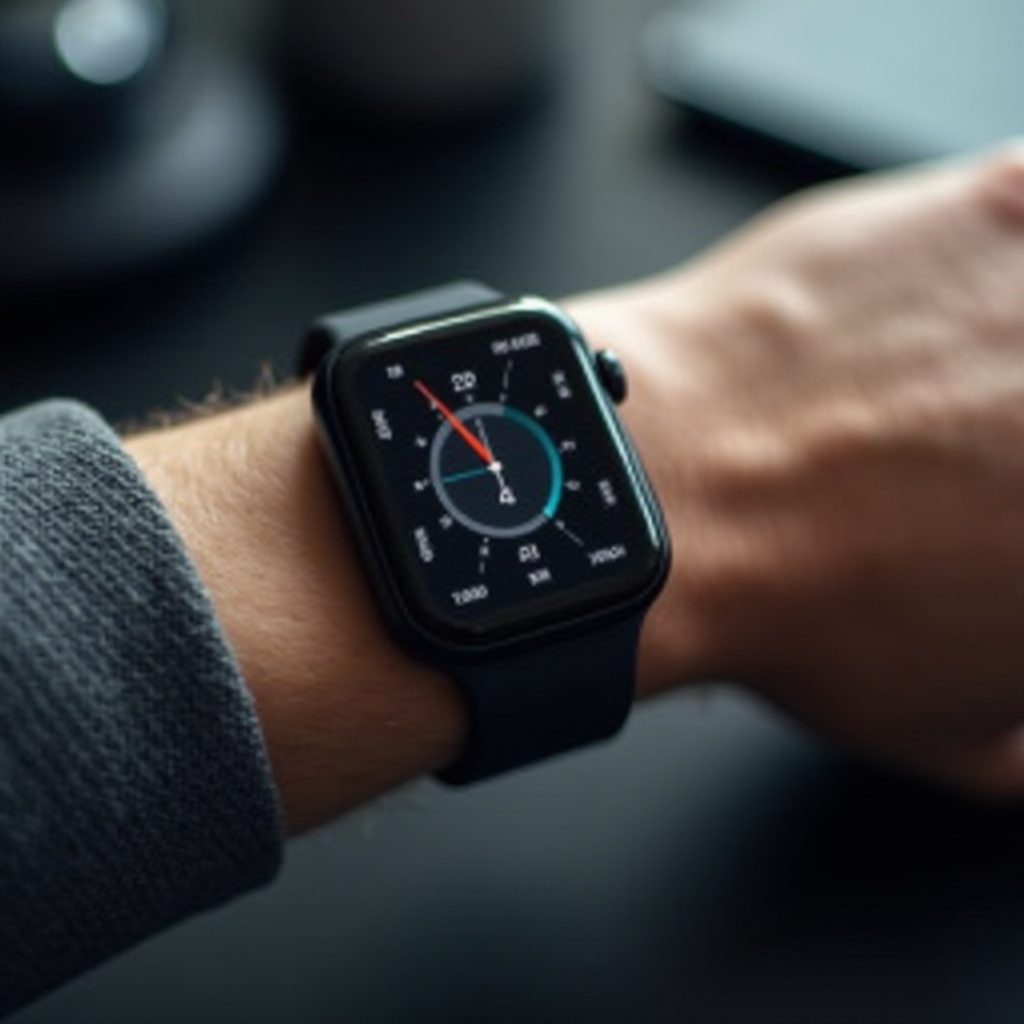Introduction
Understanding how stress is calculated in smart watches can empower you to make informed decisions about your health. Smart watches have evolved beyond simple step counters to sophisticated health monitoring devices. These wearable pieces of technology now offer stress measurement features, providing invaluable insights into your well-being. By the end of this guide, you will have a thorough understanding of the physiological indicators of stress, the technology behind its measurement, the key features of leading smart watches, their accuracy, and effective use tips.

The Science of Stress: Physiological Indicators
Stress impacts the body in several measurable ways, and smart watches use this data to assess our stress levels. Key physiological indicators include:
- Heart Rate Variability (HRV): HRV measures the variations in time intervals between heartbeats. Lower HRV is generally associated with higher stress levels.
- Skin Conductance: Often referred to as Electrodermal Activity (EDA), skin conductance metrics assess sweat gland activity, which increases with stress.
- Breathing Rate: An increased or irregular breathing rate can be a sign of heightened stress.
- Blood Oxygen Levels: Measured through SpO2 sensors, low levels can indicate stress as part of a fight-or-flight response.
These indicators are the foundation upon which smart watch stress tracking features are built, enabling users to make more informed decisions about their health.

Technology Behind Stress Monitoring in Smart Watches
Smart watches employ a combination of sensors and algorithms to measure stress. The two primary technologies they use are:
- Photoplethysmography (PPG): This optical technology measures heart rate and HRV by detecting blood volume changes in the capillaries.
- Electrodermal Sensors: These sensors assess skin conductance to gauge stress-induced sweat production.
The data from these sensors is processed using complex algorithms to provide a stress score. Advanced machine learning models help in filtering and better interpreting the raw data.
Moreover, these devices often integrate supplementary data such as movement patterns, sleep quality, and even user input about how they feel to enhance the accuracy of stress measurements.
Key Features of Leading Smart Watches
Several smart watches have distinguished themselves in the market with the robustness of their stress tracking features:
Apple Watch
The Apple Watch’s stress monitoring capabilities are intertwined with its overall health tracking suite. Features include:
– HRV measurement and breathing exercises.
– Integration with the Breathe app for guided breathing sessions.
– Alerts for irregular heart rhythms.
Garmin
Garmin’s smart watches are renowned for their comprehensive stress tracking features:
– Uses HRV-derived data to calculate stress levels.
– Offers a ‘Body Battery’ energy monitoring feature, giving an overview of energy, activity, and stress trends.
– Includes relaxation reminders and breathing exercises.
Fitbit
Fitbit devices focus on user-friendly and actionable stress monitoring:
– Utilizes EDA Scan through its electrodermal activity sensor.
– Provides a daily stress management score based on multiple health metrics, including activity level, sleep, and heart rate.
– Engages users with guided mindfulness sessions.
These devices offer unique takes on stress monitoring, providing users with a range of tools to manage their well-being effectively.
Evaluating Accuracy and Effectiveness
While smart watches are making strides in stress detection, it’s important to evaluate their accuracy and effectiveness critically. HRV and EDA sensors provide valuable real-time insights, but they can be susceptible to external factors like movement, sweat, and skin contact.
Accuracy varies across different models and brands, and while useful, they shouldn’t always be taken as standalone diagnostics. Smart watches are best considered supportive tools rather than replacements for professional medical evaluations. Regular calibration and consistent use improve reliability, but existing stress tracking technologies are not infallible.
Studies have shown that while they can reflect stress changes, there is variability in their precision. Transparency in understanding that these metrics are part of a bigger picture of health can help users use them more realistically and effectively.

Tips for Optimal Use of Stress Tracking Features
To get the most accurate readings from your smart watch’s stress tracking feature, consider these tips:
- Wear Consistently: Ensure it is worn properly throughout the day and night for continuous data collection.
- Stay Still During Readings: Movement can skew readings, so it’s best to remain still when you know the device is collecting stress data.
- Regular Calibration: Regularly update and calibrate your device to maintain its accuracy.
- Act on Alerts: Use prompts and alerts to engage in relaxing activities when high stress is detected.
- Integrate with Other Data: Combine stress data with other insights such as sleep patterns, activity levels, and subjective well-being for a holistic view.
Conclusion
Understanding how stress is calculated in smart watches can empower you to take better control of your health. Leveraging the data insights provided by these devices, you can make more informed lifestyle choices and manage stress effectively. We hope this guide helps you navigate the fascinating interplay between technology and well-being.
Frequently Asked Questions
How accurate is stress measurement in smartwatches?
The accuracy of stress measurement in smartwatches varies across models and brands. While they provide valuable real-time insights, they can be influenced by external factors like movement and environmental conditions. Regular calibration and consistent use help improve their reliability.
Can smartwatches replace professional medical devices for stress monitoring?
Smartwatches should complement, not replace, professional medical devices and evaluations. They offer helpful data and trends, but they are best used as part of a broader health and wellness strategy rather than standalone diagnostic tools.
How can I improve the accuracy of stress data from my smartwatch?
To enhance accuracy, wear your device consistently and correctly, stay still during readings, keep the sensors clean, and ensure regular software updates and calibration. Integrate the data with other health metrics for a comprehensive view.

